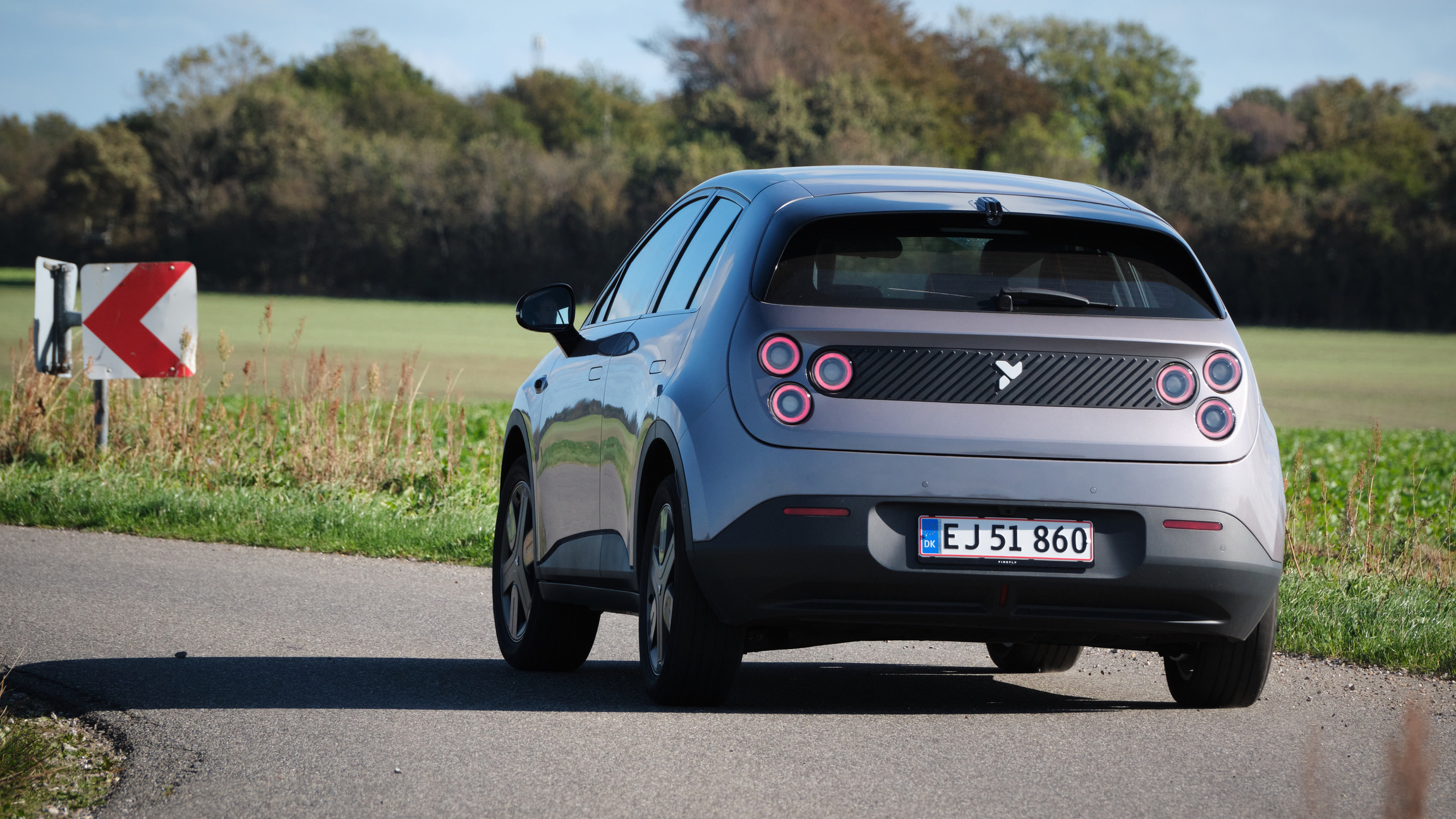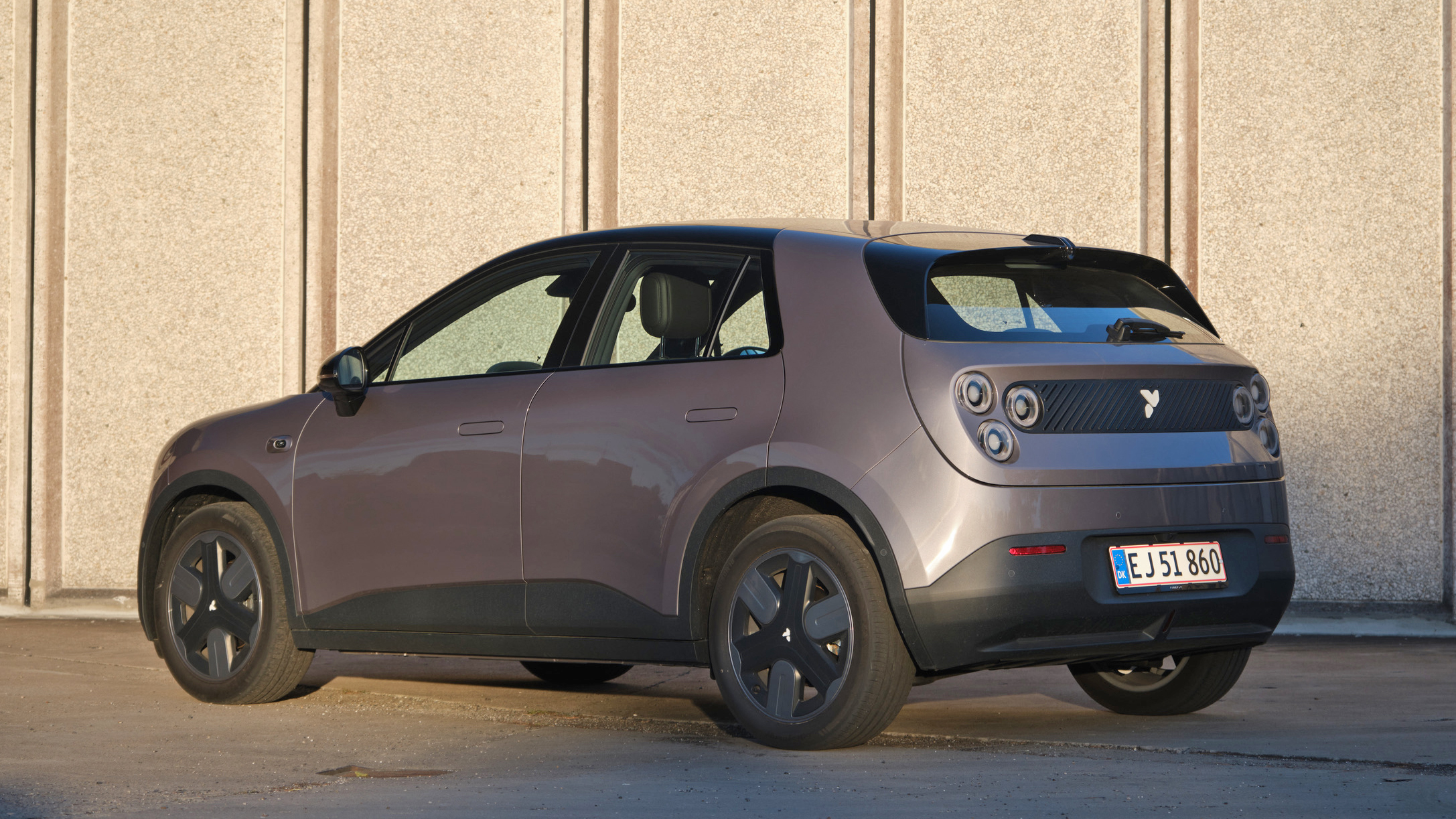
Firefly review: this cute little EV is stacked with not just bells, but whistles too
A Firefly what?
Firefly. That's the name. Like from 2001, when Mini was the name. Brand and car.
We're not just pulling that comparison out of thin air. BMW launched the Mini as a small but still premium car. Nio, a slightly premium EV maker, has launched the Firefly as a small car with higher ambitions than most. So Firefly people shamelessly say their car is to Nio what Mini was to BMW.
And who's Nio?
One of the more interesting Chinese names, with a smart range of EVs including the ES9 with its remarkable fully active chassis. Plus the famous and effective battery-swap system, of which more below.
I'm seeing Honda E rather than Mini…
A squarish shape with rounded corners, rear-wheel drive, sophisticated chassis, low dash in an upright cabin. Yup, that's very like the Honda. It was designed at Nio's studio in Germany. The most identifiable Firefly styling feature is its triple lights, front and rear.
But you'll be relieved to hear the battery is bigger than the Honda's, at 41.2kWh, allowing the WLTP range to creep up to 206 miles.
Anyway, the Honda E is history, so more likely rivals are the Mini Cooper Electric, Renault 5 and Hyundai Inster.
When will I get to make up my own mind?
It's scheduled to come to Britain sometime in 2026. The Firefly launched in China as recently as April and the sales in the obvious EV-friendly European countries started only four months after. In November 2025 they started making it in RHD, for Singapore at first, but a Chinese company wouldn't limit its ambition to that one small market.
Firefly sounds kinda sporty.
Most EVs have sporty acceleration. The 0-62mph time here is 8.1 seconds, which feels perky enough in a little car in the suburban context, but its major-road overtaking ability is a bit second-division. The 143bhp motor is up against a 1,467kg kerb weight.
You won't be zipping through bends like a lizard's tongue. No front-drive means no torque steer, but the steering is light and numb. All the reactions are thoughtful and measured, like a grown-up bigger car rather than a cheeky tiddler.
That brings comfort benefits. The structure feels solid, and the ride's fluid, supple and well-damped – much more cushioned than the Renault 5 or especially the turbulent Mini. Suspension and tyres are quiet. The whole experience is more like a VW ID.3.
Top Gear
Newsletter
Thank you for subscribing to our newsletter. Look out for your regular round-up of news, reviews and offers in your inbox.
Get all the latest news, reviews and exclusives, direct to your inbox.
The reassurance of a five-star Euro NCAP rating, and a full suite of ADAS which isn't madly intrusive, reinforces that very adult impression.
How's the cabin?
Brighter colours will be available, but the one we had was a dull slate grey, obscuring the happier fact its textures and materials aren't too cheap. A ring of ambient light has the dash apparently hovering mid-air. A cloth sausage-shaped roll is the main dash member, and a cloth soundbar runs beneath the windscreen, above the vents. There are proper stalks. Not sure why the steering wheel is the shape of an MG badge that's been too long in the sun, though.
Pleasingly, the screen graphics – two screens – don't just ape the grey-on-grey stack of Tesla menus. Nio has let the designers cut loose with a scheme that fits the brand vibe. Beyond the steering wheel you view essential driving info. The central home screen has map, stereo, clock and some permanent shortcut buttons, plus a few gestures you use without looking – swipe two fingers in different directions across the screen to alter temperature, volume or fan speed.
The map is circular, which on the face of it wastes screen space, but actually it's fine. Most people orient their map travel-up, not north-up, and for them a widescreen map just uselessly shows you geography that's miles off to the side of you, rather than the roads ahead you do need.
Front seats are well-cushioned, and there's perfectly tenable space for adults behind. The Firefly plays a bit of a blinder with storage. A passable 350-litre boot and a 65-litre froot carry the big stuff, but there's also a bin under the front passenger seat cushion and the same in the back.
Can it use Nio's battery swap stations?
We've tried the battery swap thing in a couple of long trips in Nios, one in China and one in the depths of winter in Norway. It works a treat. You drive up and the robotised machine parks your car inside, unbolts the battery, replaces it with a charged one, and you depart within five minutes.
But the Firefly is too small to carry one of Nio's standard batteries. So it can't use the stations currently dotted around mainland Europe. The next generation of Nio stations, gen 5, will be compatible. But whether many of those will ever be built in Britain, we don't yet know.
So from the start, long-trip Firefly drivers will rely on conventional rapid chargers. On those, it's half an hour for a 5-80 per cent top-up at a 100kW peak. It'll also send power outbound, AKA V2L.
Does it stand a chance?
It's an interesting prospect. It doesn't feel generic-Chinese but has a definite and appealing character of its own, and that includes well sorted down-the-road behaviour.
We'd be surprised if it's pitched cheaply, as that was never Nio's position. It'll encounter stern opposition – the Renault 4 and Mini Aceman are bigger quasi-crossovers, the R5 and VW ID.Polo do (or will do) the hatch thing well for attractive money. But the Firefly does feels like it justifies an expensive tag, provided you're not a habitual long-trip road warrior. It's both refined and absolutely stacked with not just bells, but whistles too.
Featured

Trending this week
- 2026 TopGear.com Awards
The very best cars of the year: welcome to the 2026 TopGear.com Awards






